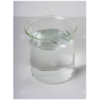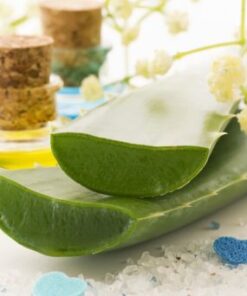-
×
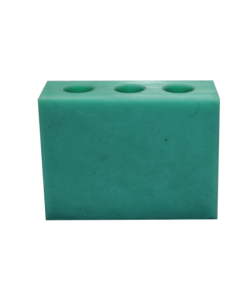 Lipstick Mould
1 × R440,23
Lipstick Mould
1 × R440,23 -
×
 Wooden Loaf Mould Box
1 × R585,00
Wooden Loaf Mould Box
1 × R585,00 -
×
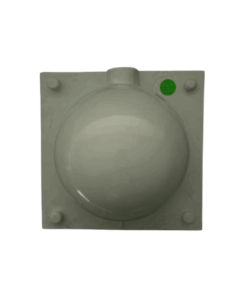 Round Ball Candle Mould - ADC013 (80mm)
1 × R96,46
Round Ball Candle Mould - ADC013 (80mm)
1 × R96,46 -
×
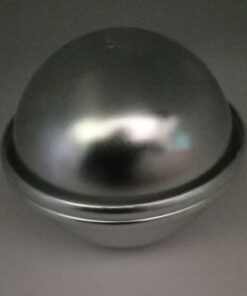 Aluminium Fizz Ball Round Mould - 50mm
1 × R66,75
Aluminium Fizz Ball Round Mould - 50mm
1 × R66,75 -
×
 Aluminium Fizz Ball Round Mould - 45mm
2 × R66,75
Aluminium Fizz Ball Round Mould - 45mm
2 × R66,75 -
×
 10pcs Boston Bottle with Lid (Clear) - 30ml
1 × R42,60
10pcs Boston Bottle with Lid (Clear) - 30ml
1 × R42,60 -
×
 Vitamin E Oil (Standard) - 250ml
2 × R90,33
Vitamin E Oil (Standard) - 250ml
2 × R90,33 -
×
 Brand IT - Tissue Oil - 250ml
1 × R107,80
Brand IT - Tissue Oil - 250ml
1 × R107,80 -
×
 Emulsifying Wax NF (Ginowax) - 500g
1 × R173,00
Emulsifying Wax NF (Ginowax) - 500g
1 × R173,00 -
×
 Pre-Waxed Wicks In Sustainer - 100pcs
1 × R431,54
Pre-Waxed Wicks In Sustainer - 100pcs
1 × R431,54 -
×
 Cocodiethanolamide (CDE) - 250ml
2 × R45,38
Cocodiethanolamide (CDE) - 250ml
2 × R45,38 -
×
 Boston Bottle (Clear) - 250ml Tall
2 × R6,95
Boston Bottle (Clear) - 250ml Tall
2 × R6,95 -
×
 Black Cumin Oil (Halaal) - 250ml
1 × R245,00
Black Cumin Oil (Halaal) - 250ml
1 × R245,00 -
×
 10pcs Roller Ball Bottle with Lid (white) - 10ml
1 × R93,76
10pcs Roller Ball Bottle with Lid (white) - 10ml
1 × R93,76 -
×
 10pcs Oval Boston Bottle with Black Push Lid (Natural) - 200ml
2 × R64,00
10pcs Oval Boston Bottle with Black Push Lid (Natural) - 200ml
2 × R64,00 -
×
 OliveM 1000 - 250ml
3 × R1140,00
OliveM 1000 - 250ml
3 × R1140,00 -
×
 Carbopol® - 250ml
2 × R70,15
Carbopol® - 250ml
2 × R70,15 -
×
 PH Sticks - 100pcs
2 × R785,00
PH Sticks - 100pcs
2 × R785,00 -
×
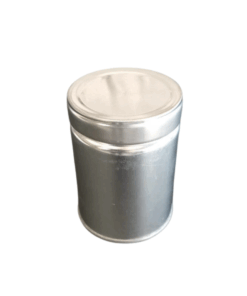 Aluminium Tin Jar - 250ml
1 × R30,10
Aluminium Tin Jar - 250ml
1 × R30,10 -
×
 Euroquat PK47 (Cocamidylpropyl Betaine) - 250ml
1 × R25,00
Euroquat PK47 (Cocamidylpropyl Betaine) - 250ml
1 × R25,00 -
×
 10pcs Boston Bottle with Lid (Black) - 250ml
1 × R71,00
10pcs Boston Bottle with Lid (Black) - 250ml
1 × R71,00 -
×
 10pcs Boston Bottle with Cap (Black) - 50ml
1 × R42,30
10pcs Boston Bottle with Cap (Black) - 50ml
1 × R42,30 -
×
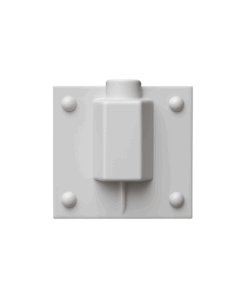 Hexagon Candle Mould - 65x70mm
1 × R94,60
Hexagon Candle Mould - 65x70mm
1 × R94,60 -
×
 Jescast Kit - Used to Make Mould Castings (Jesmonite Equivalent)
1 × R350,00
Jescast Kit - Used to Make Mould Castings (Jesmonite Equivalent)
1 × R350,00 -
×
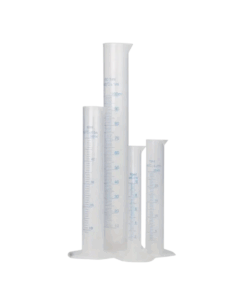 Measuring Cylinder - 100ml
1 × R180,00
Measuring Cylinder - 100ml
1 × R180,00 -
×
 Vegetable Capsules - 100pcs
1 × R115,00
Vegetable Capsules - 100pcs
1 × R115,00
Phenoxyethanol – 50ml (CS)
R54,89
Phenoxyethanol – 50ml (CS) – a powerful and globally approved preservative ideal for lotions, creams, shampoos, toners, and color cosmetics. Ideal for personal use and reselling.
7 in stock
Phenoxyethanol – 50ml (CS)
INCI Name: Phenoxyethanol
TYPE: Synthetic
SPECTRUM: Antibacterial / partial-spectrum
Trusted Broad-Spectrum Preservative for Skincare and Cosmetics
Phenoxyethanol is a powerful and globally approved preservative ideal for lotions, creams, shampoos, toners, and color cosmetics. It actively protects formulations against harmful bacteria, especially gram-negative strains. For full-spectrum preservation, formulators often pair it with boosters that target mold and yeast.
Why Choose Phenoxyethanol?
Effective and Flexible
Phenoxyethanol works well across a wide pH range, which gives you flexibility when formulating. Whether you’re making a hydrating serum or a cream-based face mask, this preservative fits in easily—without changing your formula’s texture or color.
Ideal for Multiple Applications
You’ll find Phenoxyethanol in face creams, scrubs, conditioners, body lotions, and even makeup products. Because it’s nearly odorless and colorless, it won’t interfere with the scent or appearance of your final product.
Easy to Incorporate
Add Phenoxyethanol to the water phase of your formulation. It blends smoothly and helps ensure your product remains stable during its shelf life. Even better, you don’t need to adjust the pH—saving you time during development.
Key Information
-
Usage Rate: Up to 1%
-
Solubility: Water-soluble
-
Appearance: Clear, colorless liquid
-
Odor: Nearly odorless
-
Country of Origin: India
-
Vegan: Yes
-
Shelf Life: 2 years
Pro Tips for Best Results
To increase effectiveness, combine with a yeast- and mold-targeting preservative such as Potassium Sorbate. This helps extend product stability while keeping microbial contamination at bay. Additionally, use good manufacturing practices to maintain safety and consistency in every batch.
Summary
Phenoxyethanol offers a reliable, easy-to-use solution for preserving both rinse-off and leave-on cosmetics. Its broad-spectrum power, formulation ease, and low irritation profile make it a smart choice for both small businesses and commercial brands.
Ready to preserve your formulations safely? Add Phenoxyethanol to your toolkit today.



